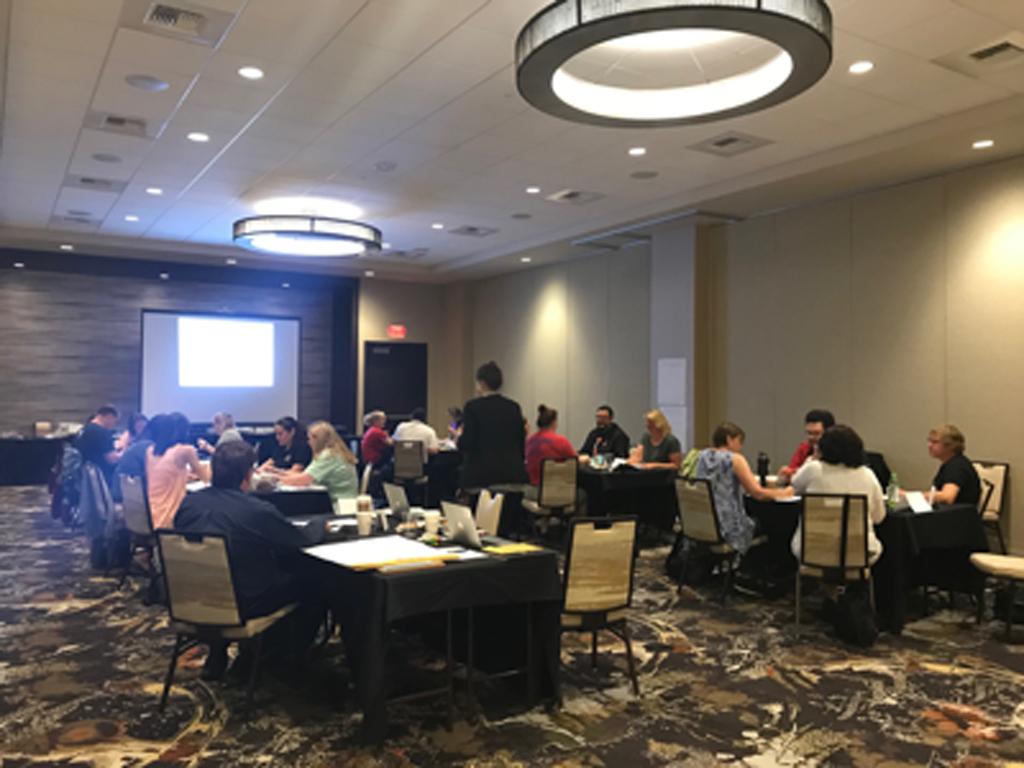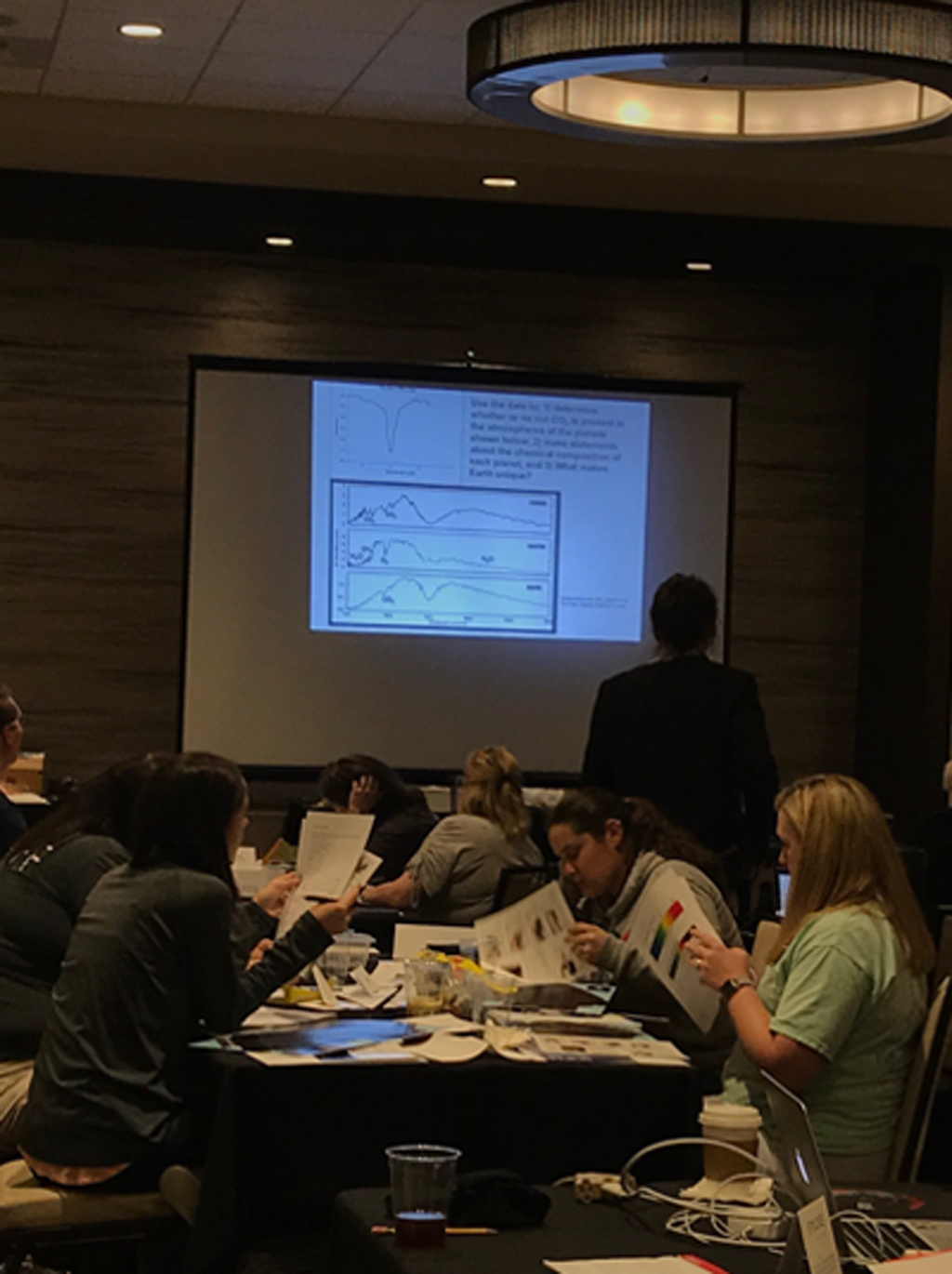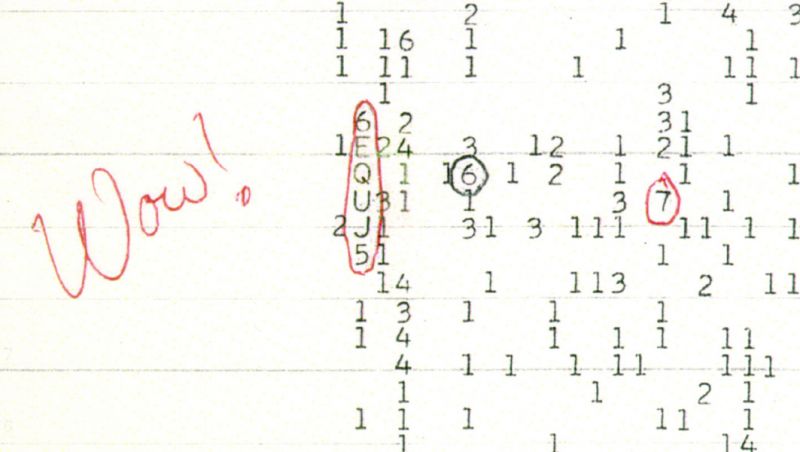
The SETI Institute’s Airborne Astronomy Ambassadors (AAA) participated in professional development workshops over their summer break. The workshops prepared them to teach high school students about the electromagnetic spectrum and multi-wavelength astronomy (EMS/MWA). The 10-day EMS/MWA curriculum module was developed by the SETI Institute’s AAA program staff as part of a NASA-funded program for high school science teachers. The program culminates in a STEM immersion experience onboard the Stratospheric Observatory for Infrared Astronomy (SOFIA).

The AAA program is designed to measurably enhance student STEM achievement and engagement in selected school districts via professional development for high school science teachers. An independent evaluation of the program last year showed that teacher participation in the AAA program resulted in improved student performance and increased engagement with STEM education.
The selection process for AAA teachers is a collaboration between partner school districts and the SETI Institute. This year’s AAA program includes 28 teachers from 7 states and 13 school districts.
The AAA teachers attended one of two full-day workshops at locations in Las Vegas on June 19 or Dallas on July 10. The primary goal of the training was to ensure that the teachers became comfortable with the EMS/MWA curriculum. Following their SOFIA flight, the teachers will implement the module in their classrooms during the coming academic year. During the workshops, the AAA teachers, playing the role of students, were introduced to classroom supplies to support the module, and asked questions regarding science content and pedagogy involved in the curriculum.
In post-workshop surveys, the AAA teachers were positive about their experiences learning the curriculum module, as well as getting to know each other and the AAA staff. Dana Backman, SETI Institute Principal Investigator for the AAA program, said, “The teachers made great progress in the workshops, and are looking forward to the SOFIA flight weeks. Then they will be ready to teach this material to more than 1,500 students.”





